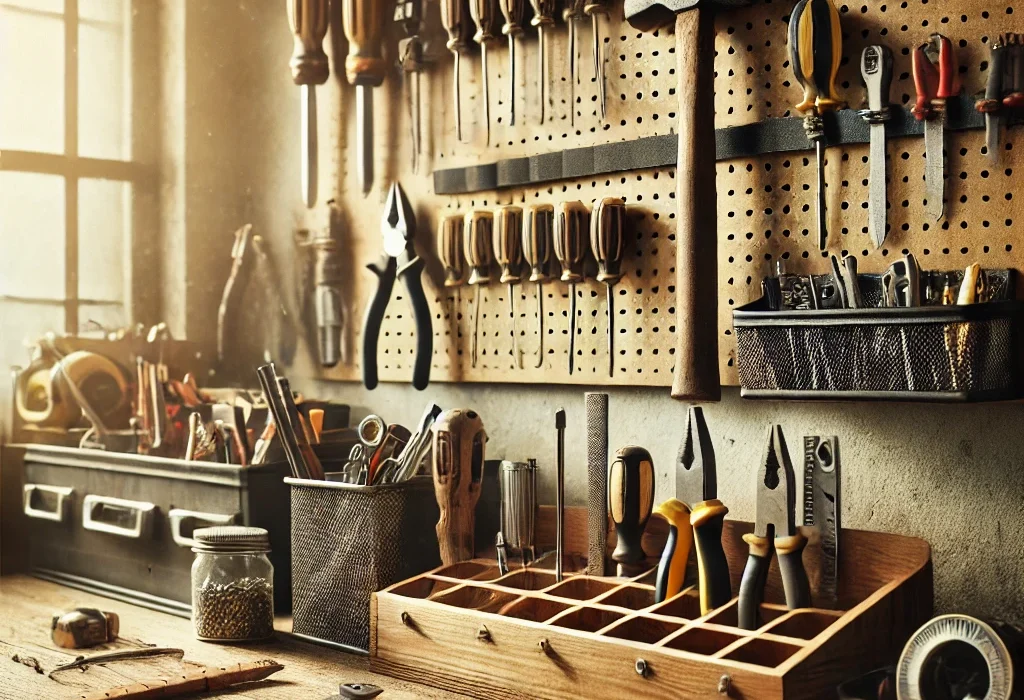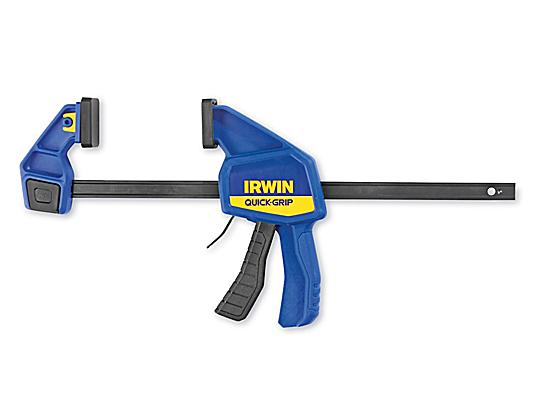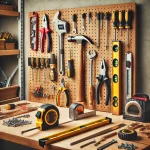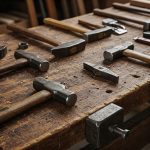Whether you’re a seasoned DIY enthusiast or just starting your journey into the world of do-it-yourself projects, having the right hand tools is essential. The tools in your arsenal can make or break the success of your projects, ensuring safety, efficiency, and precision. Below, we’ll dive into the 10 must-have hand tools every DIYer needs, along with tips on how to use them effectively.
1. Hammer
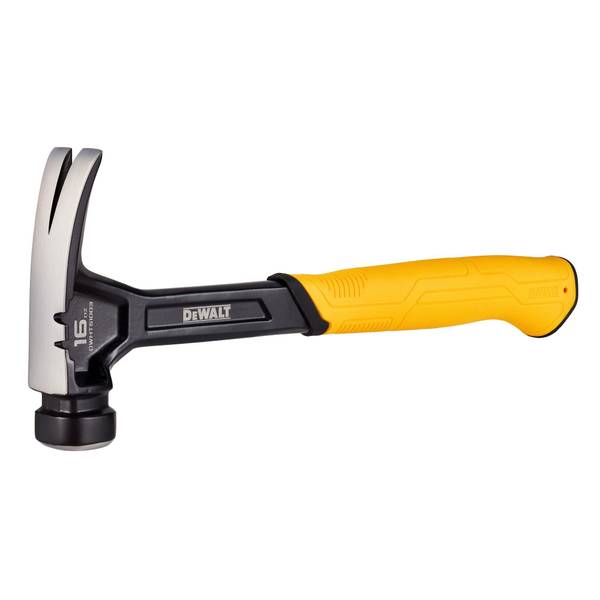
A hammer is one of the most basic yet versatile tools in any DIY toolkit. Whether you’re hanging pictures, building furniture, or working on home repairs, a hammer is indispensable.
- Types to Consider: Claw hammers are ideal for general use as they allow you to drive nails and remove them easily. For more delicate work, a rubber mallet is useful to avoid damaging surfaces.
- Pro Tip: Look for a hammer with a comfortable, ergonomic grip to reduce hand fatigue during extended use.
- Recommended Tool: The DeWalt 16 oz. Steel Rip Claw Hammer is a top choice for DIYers due to its durability and balanced weight. Its steel construction ensures long-lasting performance, while the rip claw design makes it easy to remove nails and handle demolition tasks. The ergonomic grip also minimizes hand fatigue, allowing for comfortable extended use.
2. Screwdrivers

Screwdrivers come in various types, but a basic set that includes both flathead and Phillips head screwdrivers will cover most needs.
- Why You Need Them: Tightening screws, assembling furniture, and fixing electrical outlets are just a few of the tasks that require screwdrivers.
- Upgrade Option: Consider a multi-bit screwdriver for added convenience or an insulated set for working on electrical projects.
- Recommended Set: The DeWalt 10-pc. Screwdriver Set is a reliable option for DIYers. It includes a variety of sizes and types, ensuring you have the right tool for every job. With hardened tips for durability and comfortable grips for better control, it’s perfect for tackling a wide range of projects.
Buy at Fleet FarmBuy at Rural King
3. Measuring Tape
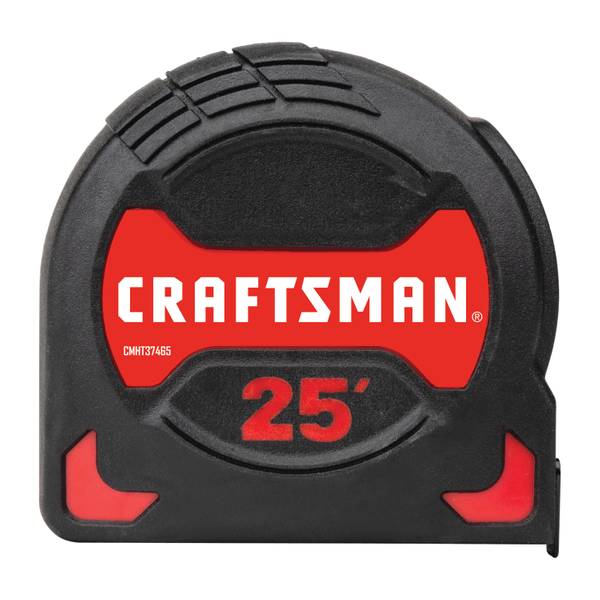
Accuracy is crucial in DIY projects, and a reliable measuring tape is your go-to tool for precision.
- Features to Look For: Opt for a sturdy, retractable measuring tape with clear markings in both inches and centimeters. A locking mechanism can also be helpful.
- Common Uses: Measuring wood for cuts, ensuring furniture placement, and checking room dimensions.
- Recommended Tool: One excellent option is the Craftsman 25-ft Easy Grip Tape Measure. This tape measure is designed for comfort and durability, featuring an ergonomic grip that makes it easy to handle, even during extended use. Its 25-foot length provides plenty of range for most household projects, while the clear markings ensure precise measurements.
Buy at Blain’s Farm & FleetBuy at Fleet Farm
4. Adjustable Wrench

An adjustable wrench is perfect for tightening or loosening bolts and nuts of various sizes.
- Why It’s a Must-Have: Its adjustable jaw eliminates the need for multiple wrenches, saving space in your toolbox.
- Best Practices: Always ensure the wrench is snug against the bolt to avoid stripping or rounding the edges.
5. Utility Knife
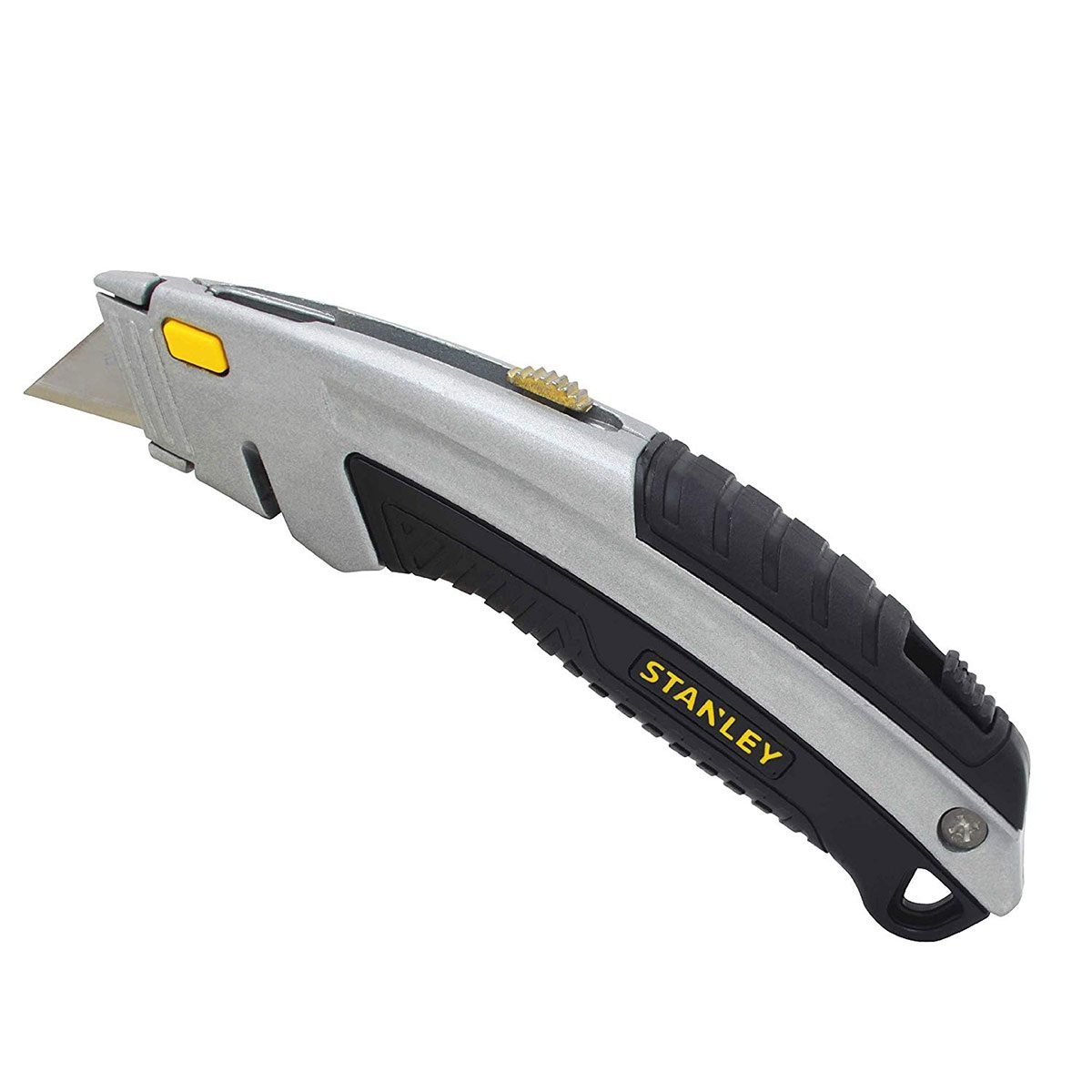
A sharp utility knife is invaluable for cutting materials like cardboard, drywall, and rope.
- Features to Consider: Look for one with a retractable blade and comfortable grip. Replaceable blades ensure your knife stays sharp.
- Safety Tip: Always retract the blade when not in use and cut away from your body to prevent accidents.
6. Pliers
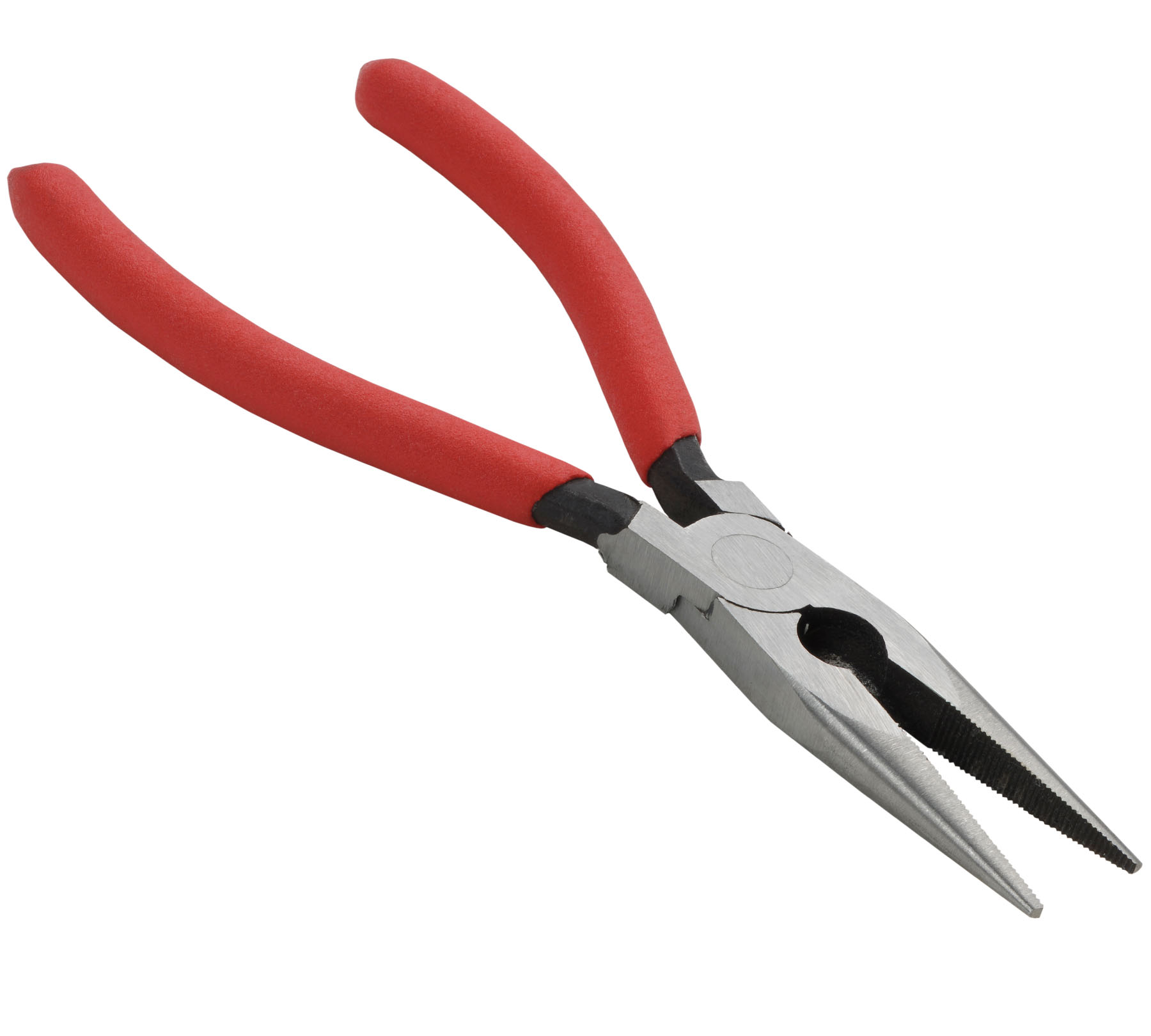
Pliers are multifunctional tools that can grip, twist, cut, and bend materials.
- Essential Types: Needle-nose pliers are great for precision work, while slip-joint pliers offer more versatility for gripping larger objects.
- DIY Uses: Repairing wires, holding small parts, and bending metal components are common applications.
7. Hand Saw
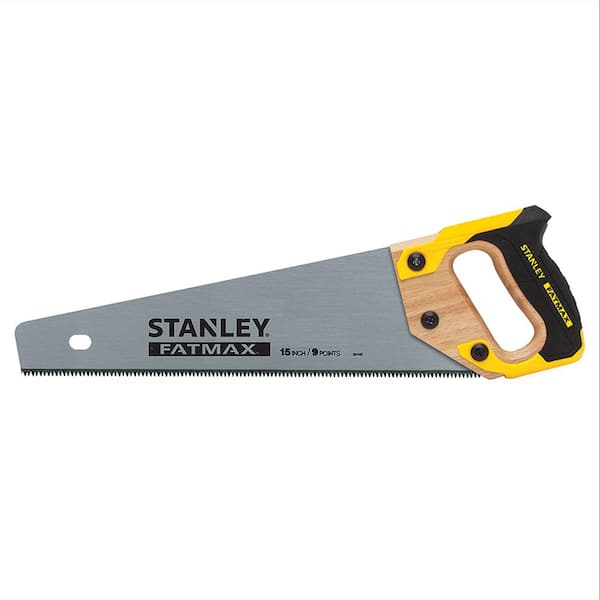
For woodworking and general cutting tasks, a hand saw is indispensable.
- Why It’s Useful: Unlike power tools, a hand saw gives you greater control and is quieter, making it suitable for smaller, detailed tasks.
- Pro Tip: Choose a saw with the appropriate teeth-per-inch (TPI) for your project—fewer teeth for faster cuts and more teeth for finer cuts.
8. Level

A level ensures that your projects are perfectly aligned and balanced.
- Why You Need One: Hanging shelves, installing cabinets, or creating frames all require precision, and a level ensures a professional finish.
- Options: A bubble level is the most common type, but a laser level can provide added accuracy for larger projects.
9. Chisels
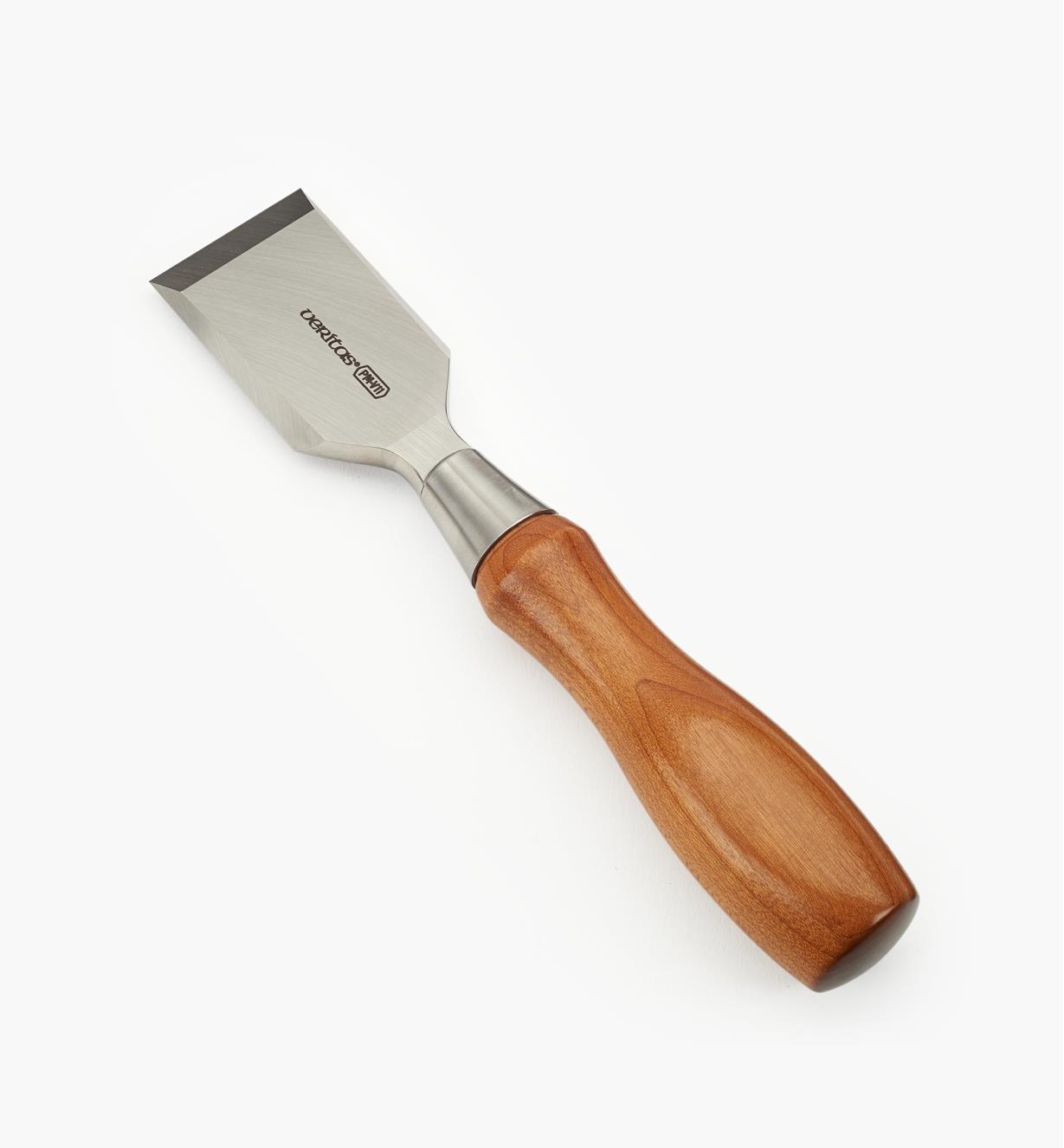
Chisels are essential for woodworking, allowing you to carve and shape materials.
- Types to Have: Start with a set of beveled-edge chisels for general-purpose use.
- Maintenance Tip: Keep chisels sharp for cleaner cuts and reduced effort during use.
10. Clamps
Clamps act as an extra pair of hands, holding materials securely in place while you work.
- Applications: Use clamps for gluing, cutting, or assembling projects to ensure accuracy and stability.
- Recommendation: A variety of sizes will ensure you’re prepared for both small and large tasks.
Bonus Tips for DIYers
- Quality Over Quantity: Invest in high-quality tools that last longer and perform better. While the initial cost may be higher, the durability and reliability are worth it.
- Organize Your Tools: Keep your tools organized in a toolbox or pegboard. This makes it easier to find what you need and saves time during projects.
- Learn the Basics: Take time to learn how to use each tool properly. Many hand tools require techniques that can enhance your efficiency and project outcome.
- Safety First: Always wear appropriate safety gear, such as gloves, goggles, or a dust mask, depending on the task.
Wrapping It Up
Having the right hand tools is the foundation of any successful DIY project. By investing in these 10 must-have tools, you’ll be well-equipped to handle a wide range of tasks, from minor repairs to ambitious builds. As you gain experience, you can expand your toolkit with specialized tools that suit your specific needs.
With the right tools and skills, the possibilities for what you can create are endless. So grab your toolbox, start a new project, and let your DIY journey begin!
Last modified: February 3, 2025